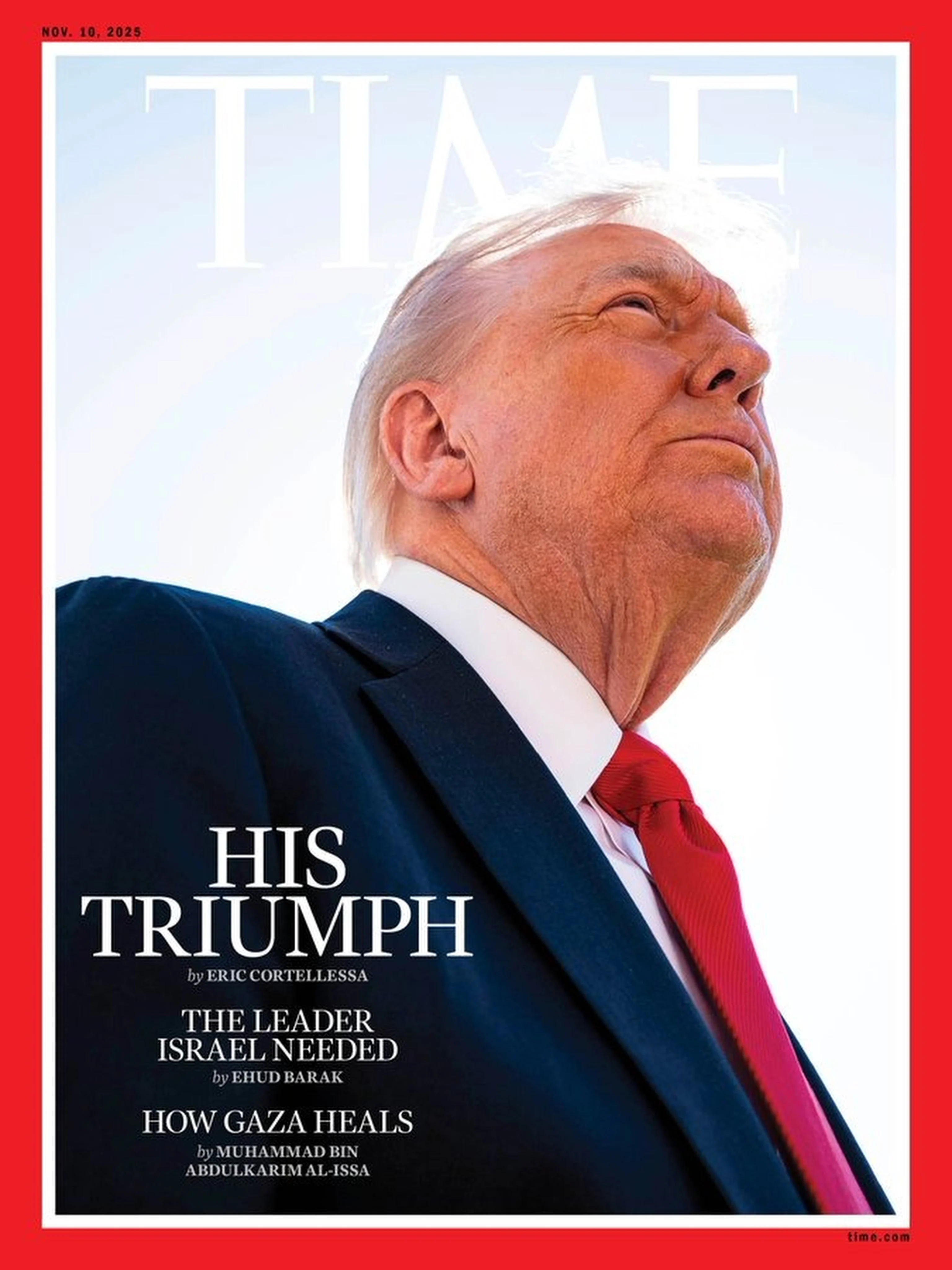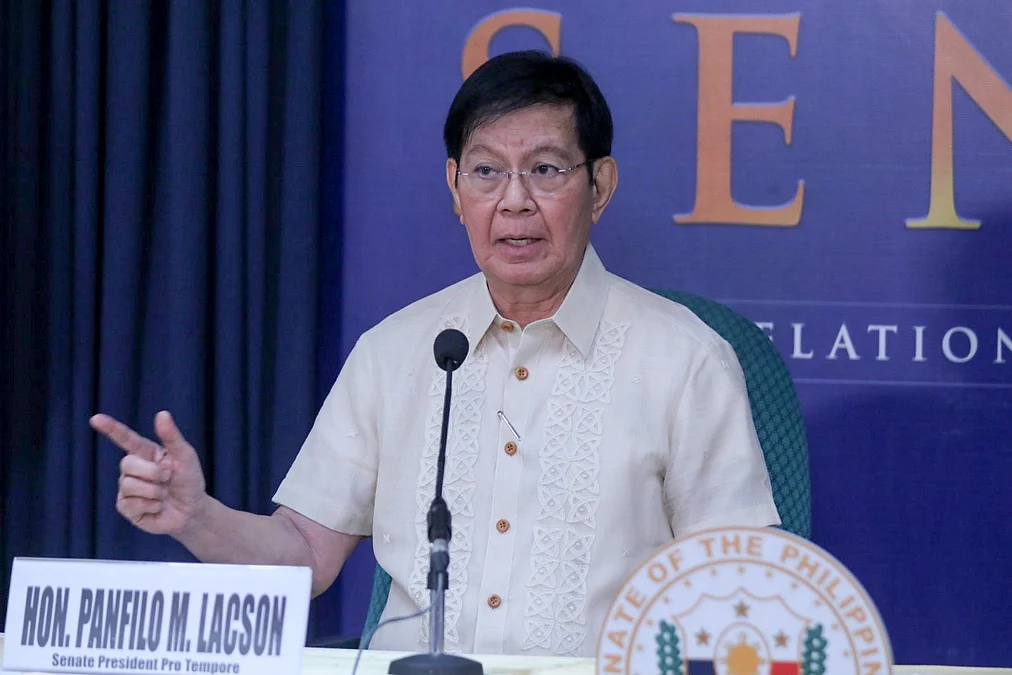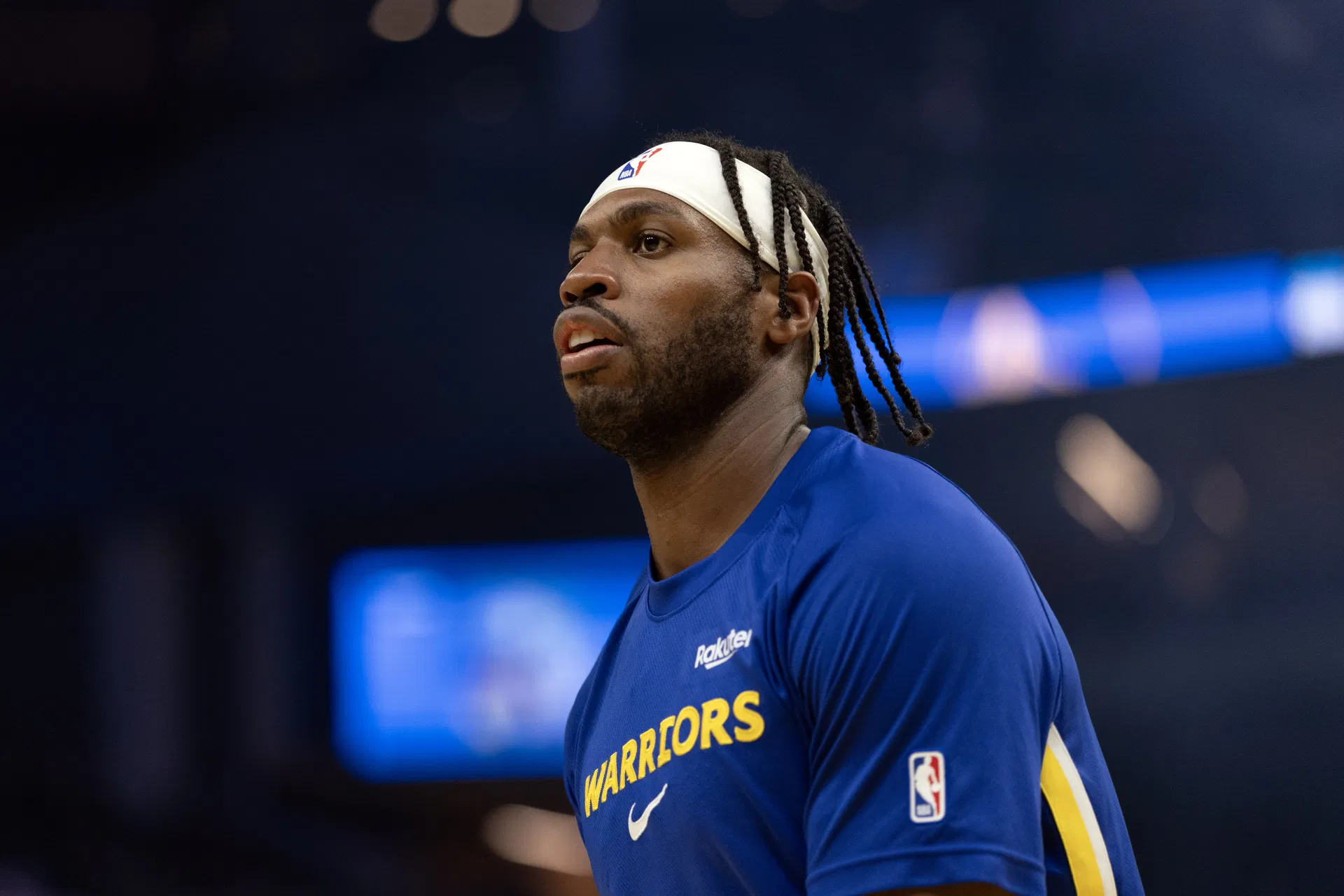Copyright scmp

Time magazine recently ran a favourable article on US President Donald Trump’s involvement in brokering the Gaza ceasefire, but Trump was furious at the accompanying cover image. He complained that the photograph, taken from below with the sun behind him, which made his hair disappear, was unflattering. He said the cover photograph might be the “worst of all time”. From monarchs to potentates, presidents to despots, all rulers know the power of the portrait. Their likeness, presented as paintings or photographs, is designed to project authority, legitimacy and the desired image of power or virtue to their people and posterity. Hence, official portraits of “heads” of state and governments are seldom facsimiles of their subjects. Physical imperfections are smoothed over by a painter’s brush or digital tool to put a leader’s best face forward. Zhu Yuanzhang (1328-1398), the founding emperor of the Ming dynasty (1368-1644), remains one of China’s most controversial rulers, and the contradictory portraits of him reflect his complex historical image. The existing portraits depicting him are in two completely different styles. One series presents him with a handsome face, dignified and benevolent. The other portrays him with a face like a misshapen fruit, sporting a jutting chin and speckled with moles. Even within this second group, some appear naturalistic, while others verge on grotesque caricature. All these portraits, showing the good, the bad and even the ugly, were part of the imperial collection during the Ming dynasty. Over the centuries, historians have mulled over which image is authentic. Multiple written records describe Zhu as possessing an extraordinary and heroic bearing, but many believe that the unflattering portraits were reflective of his true appearance. They reasoned that the inclusion of these portraits in the imperial collection after Zhu’s death, especially in the Ming emperors’ ancestral temple, suggests that the depiction was at least tacitly recognised as close to the truth by Zhu’s direct descendants. Apart from the debate on real-life resemblance, modern scholars have also sought to explain why these opposing images coexisted at all. One view holds that the intentional juxtaposition emphasised the contrast between Zhu’s early poverty and later glory. When he was young, Zhu entered the Buddhist monkhood to escape starvation and became a mendicant monk who begged for his survival. Later, he joined one of the rebel forces fighting the Mongol rulers of the Yuan dynasty (1279-1368), rose to become a leader and eventually became the founding emperor of the Ming. The two contrasting portrait styles were a teaching tool, the argument goes, reminding later Ming emperors of their ancestor’s humble origins and the tenacity that propelled his meteoric success. Another interpretation sees the duality as a reflection of the shifting evaluations of Zhu himself. While Zhu was praised for his courage and statecraft, with official portrayals of him as a heroic founder who restored order after decades of Yuan misrule, there was also a general agreement, even during the Ming dynasty itself, that his later years were marked by paranoia and cruelty. In his early years as emperor, Zhu demonstrated compassion and vigour, reviving an economy devastated by mismanagement and warfare, and easing the burdens of the common people. Later on, however, his profound fear of losing power and neurotic suspicion of the people around him caused him to unleash political purges that resulted in mass executions, which terrorised and silenced officials and intellectuals. The two sets of portraits thus served as visual metaphors for this moral and political duality. The noble, benevolent image embodies the capable, virtuous founding emperor who saved the country; the repugnant visage represents the monstrous tyrant who sowed fear and smothered dissent. Donald Trump’s rage over a magazine cover, Zhu Yuanzhang’s duelling portraits and even the placid, blemish-free photographs of present-day leaders on the walls of our government offices and schools demonstrate how rulers, ancient or modern, sought not only power itself, but also control over how that power is pictured.



